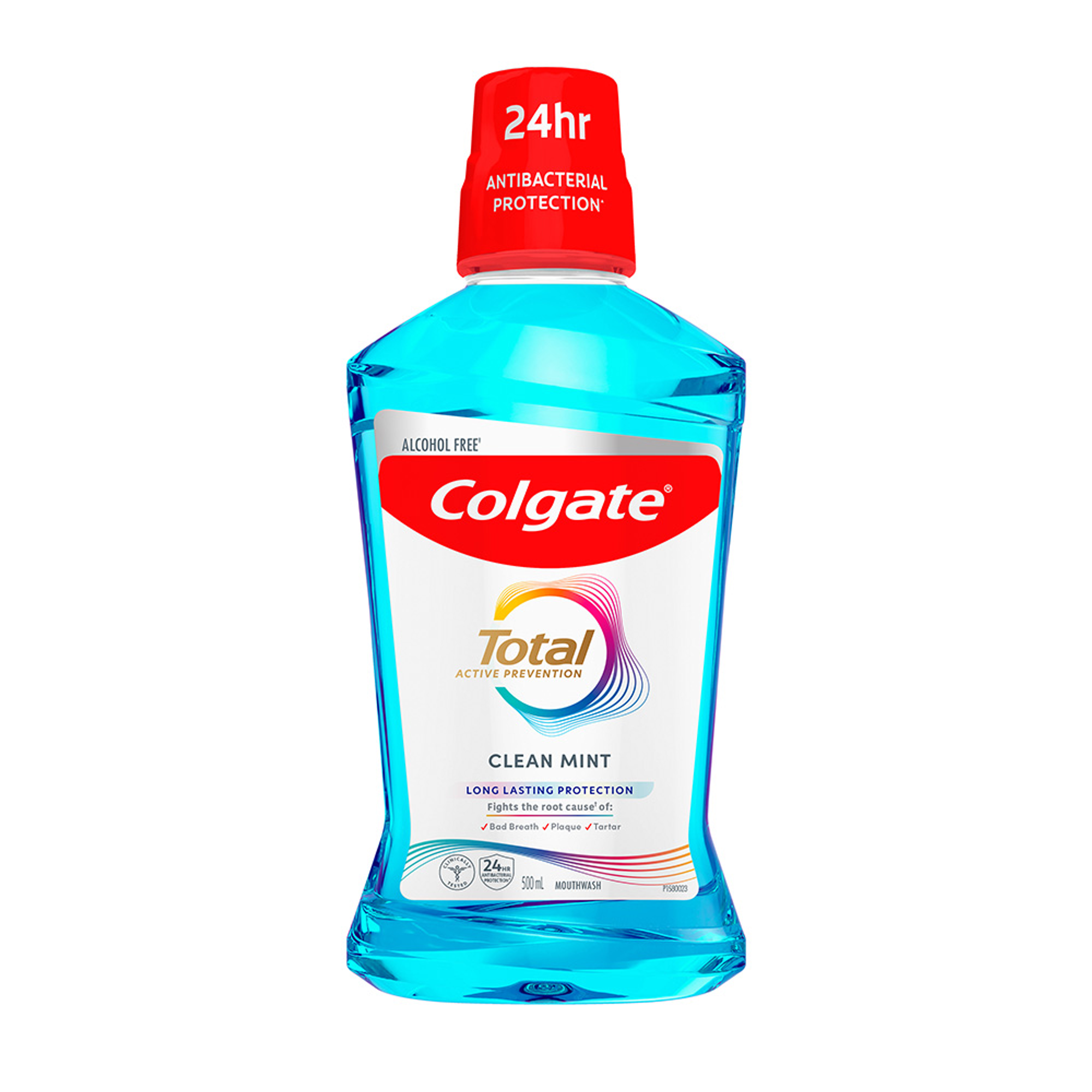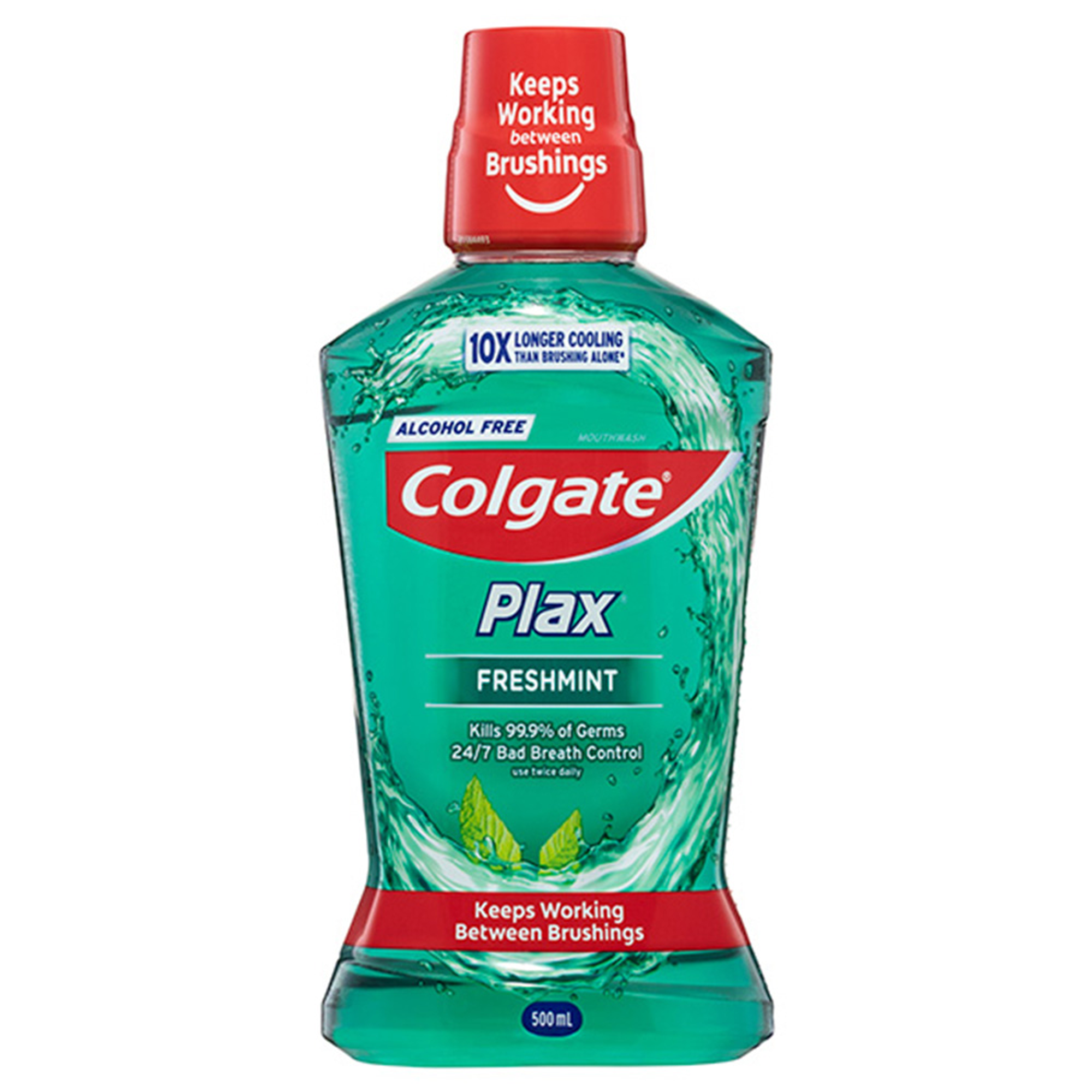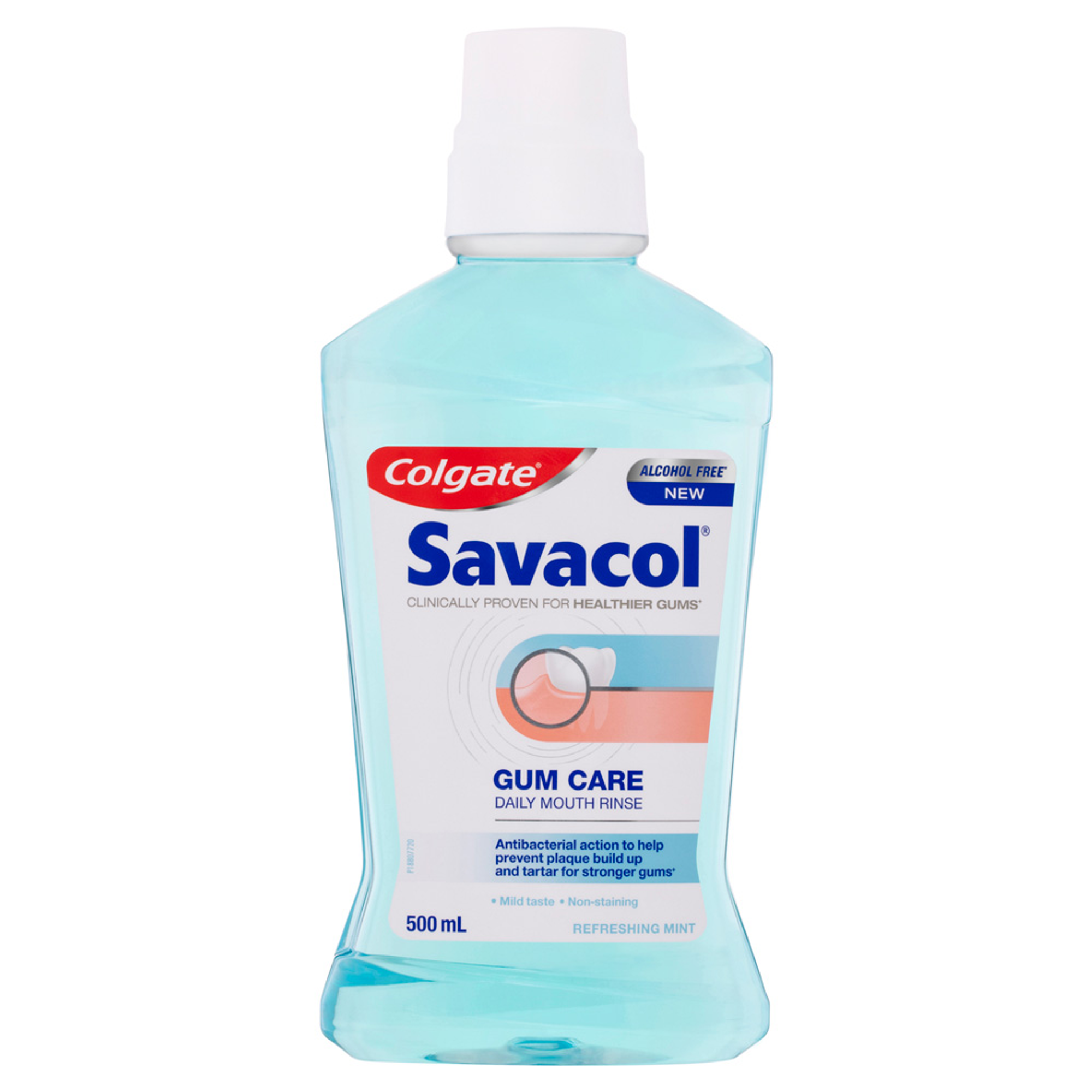
During gestation, the human body overhauls almost all of its physiological systems to support additional human life. Of particular relevance to the oral cavity are the contributions of altered gastrointestinal (think morning sickness in all its erosive glory) and immunological function (consider the aggravated response of the periodontal tissues to bacterial challenge - pregnancy gingivitis). The antenatal period may also precipitate changes in oral health-promoting habits, with cravings often leading to indulgence in cariogenic food, toothbrushing complicated by a heightened gag reflex, many prospective parents deprioritising oral care to focus on preparing (and subsequently caring) for bub and the possible contribution of post-natal depression to a reduced capacity for self-care. While most observe these biological and behavioural changes to be largely transitory, the adage “a tooth for every child” resonates in the stories of innumerable patients who attribute their crumbling teeth to pregnancy.
Morelli et al.1 discuss the epidemiological association between parity (the number of times a parent has given birth) and poorer oral health in terms of periodontal parameters, caries and tooth loss, emphasising that a convincing biological basis for this relationship has not been established. Notably, the commonly espoused notion of calcium leaching from the gestational parent to their bub is completely unsubstantiated.
Until recently,2 there has been limited evidence of high parity as an independent risk factor for tooth loss, and suppositions of pregnancy directly causing a lasting deterioration of oral health status have largely been rebutted by the interrelationship between confounders such as socioeconomic status, health literacy and smoking that also tend to correlate with younger parental age and larger families. This reflects in the observation that patients who had children before their mid-twenties have a higher incidence of caries and tooth loss than those entering parenthood later in life, or those without children at all.3 Thus, patients who first notice the deterioration of their dentition in the perinatal period are likely to be those with an inherently heightened disease risk that manifests earlier in life. Tooth loss is also argued to be a subjective measure of disease experience, given the contribution of dental treatment planning to providing conservative vs exodontic options – something to delve into shortly.
The implications of poor oral health on pregnancy, maternal health and birth outcomes are emphatically peppered throughout periodontology and microbiology teaching modules at dental school. There is a well-established association between periodontal disease severity in pregnancy and low birth weight and/or prematurity, with the systemic dissemination of bacteria, lipopolysaccharide and/or host inflammatory markers from the periodontium thought to precipitate the premature rupture of membranes,4 as well as with maternal complications such as pre-eclampsia5 and gestational diabetes.6 A recent systematic review7 concluded that there are also emerging data to suggest that apical periodontitis secondary to untreated endodontic infection is associated with adverse pregnancy outcomes such as shortened pregnancy duration and smaller birth size. In a patient whose obstetricians contacted our dental team, a premature pre-term rupture of membranes was put down to a presumed odontogenic cause after they had excluded all others – an experience that brought the possibility of poor oral health palpably affecting bub’s start to life to the forefront of my mind.
Notwithstanding this body of evidence that renders patients of childbearing age a priority population, pregnant patients and their treating clinicians often harbour misconceptions and uncertainties around the safety of dentistry, resulting in hesitance to recommend and seek treatment, respectively. At least a quarter of dentists raise concerns about the presumed medicolegal implications of treating pregnant patients and most report to alter or defer their treatment plans until parturition8 and concerns around safety have been echoed in wider pregnancy healthcare teams.
This is despite an absence of reported sequelae to the foetus following dental treatment in pregnancy. In fact, as we see all too often in tertiary centres, deferral of routine dentistry may instead culminate in the acute spread of odontogenic infection through anatomical planes and/or systemically, necessitating increasingly invasive emergency treatment and possibly resulting in maternal and foetal morbidity. In the longer term, this begs the question as to whether dentists’ approach to management in pregnancy fosters the progression of caries from reversible to restorable to a cactus if windows for interceptive treatment are missed, especially if this pattern is cumulative across multiple pregnancies.
So how should dental professionals safely diagnose and manage odontogenic pathology in pregnant patients? To incorporate updated evidence and overcome a historical lack of clear guidelines for dental treatment in pregnancy, revisions to the Oral and Dental Therapeutic Guidelines in our coveted ‘Clown Book’ advocate for the management of pulpal, periodontal, pericoronal pathology at any stage of a pregnancy, with elective dental treatment best performed during the second trimester, albeit with some modifications (as I’ve learnt the hard way when the aroma of my rubber dam triggered a patient with hyperemesis).
There is a general misconception that radiation dosages used in dental radiographs put the foetus at risk of congenital malformations or oncogenesis. While over 90% of surveyed dentists would not take an OPG for a pregnant patient8 and concerns regarding their safety are echoed by obstetricians and laypeople, the Australian Radiation Protection and Nuclear Safety Agency (ARPANSA) cites that the radiation exposure from panoramic imaging is equivalent to approximately two days of natural background radiation, or a flight from Melbourne to Perth. Notwithstanding that almost a quarter of surveyed Australian dentists said that they would never take a periapical radiograph and were generally unsure about the risk of imaging in pregnancy,8 intraoral radiography is justifiable for the diagnosis of trauma and infection. However, ARPANSA does suggest to follow ALARA principles and that a protective drape over the abdomen may be considered if taking maxillary occlusal radiographs or other imaging where the beam may be directed toward the torso.
Safe prescribing practices for pregnant patients are complicated by the non-hierarchical system of drug categorisation in the absence of adequate human data - a point that is emphatically communicated in the disclaimer pop-up in the Therapeutic Goods Administration (TGA) pregnancy database website. Pregnancy compels us to adapt our pharmacological toolkit for patients presenting with acute pain and infection, with pharmacotherapy (of the shortest possible duration) as only an adjunct to appropriate and timely source control through dental treatment. For instance, while amoxycillin (without clavulanic acid), lignocaine and clindamycin are deemed to be safe for use when indicated, some of the other mainstays of our repertoire (e.g. metronidazole, NSAIDs and articaine) are classified in Categories B and C, suggesting a level of caution in their use. Furthermore, the TGA system cannot account for all dosing regimens or durations. For instance, although paracetamol is classified as Category A by the TGA, a recent consensus statement in Nature Reviews Endocrinology9 advised caution in its chronic use in pregnancy on the basis of experimental and epidemiological data highlighting possible neurodevelopmental and reproductive implications for the foetus.
Minimally-invasive care should always be a priority. While pregnancies aren’t always planned and aspiring parents may not have an allowance for oral disease control built into ticking biological clocks, the interrelationship between poor oral health and adverse pregnancy outcomes highlights the relevance of pre-conception health promotion, screening and the provision of oral care by an informed health workforce to optimise the oral and general health of babies and their parents. Assessing the status of erupting wisdom teeth prior to conception is a worthwhile component of health screening, as the age at which younger parents conceive can correlate with the onset of pericoronitis, which we see all too often in our emergency department as a source of distress to pregnant patients who struggle to access care.
From a public health perspective, we need clearer messaging and interdisciplinary education for all pregnancy healthcare providers to corroborate oral health messaging. In managing an individual patient, dentists should also embrace clear communication with obstetricians, general practitioners and antenatal care teams. Even if direct causality has not been established between parity and poor oral health, and a paucity of high-quality evidence that periodontal treatment directly results in improved birth outcomes, pregnant patients should be counselled on common risk factors (e.g. smoking) that have deleterious effects on both oral health and birth outcomes and provided with restorative and periodontal treatments to stop disease progression before dental emergencies arise. Furthermore, given the vertical transmission of the caries keystone pathogen, Strep mutans, and the influence of parental oral health on childhood caries experience, optimising oral care in pregnancy is in the interest of the whole family.
Morelli EL, Broadbent JM, Leichter JW, Thomson WM. Pregnancy, parity and periodontal disease. Aus Dental J 2018;63(3):270-278.
Ishikawa S, Konta T, Susa S, Edamatsu K, Ishizawa K, Togashi H, Nagase S, et al. High Parity Is an Independent Risk Factor for Tooth Loss in Women: A Community-Based Takahata Study in Japan. Tohoku J Exp Med 2021;253(1):77-84.
Morelli EL, Broadbent JM, Knight ET, Leichter JW, Thomson WM. Does having children affect women's oral health? A longitudinal study. J Public Health Dent 2022;82(1):31-39.
Lohana MH, Suragimath G, Patange RP, Varma S, Zope SA. A Prospective Cohort Study to Assess and Correlate the Maternal Periodontal Status with Their Pregnancy Outcome. J Obstet Gynaecol India. 2017;67(1):27–32.
Daalderop LA, Wieland BV, Tomsin K, Reyes L, Kramer BW, Vanterpool SF, Been JV. Periodontal Disease and Pregnancy Outcomes: Overview of Systematic Reviews. JDR Clin Trans Res. 2018;3(1):10-27.
Abariga SA, Whitcomb BW. Periodontitis and gestational diabetes mellitus: a systematic review and meta-analysis of observational studies. BMC Pregnancy Childbirth 2016;16:344.
Jakovljevic A, Sljivancanin Jakovljevic T, Duncan HF, Nagendrababu V, Jacimovic J, Aminoshariae A, Milasin J et al. The association between apical periodontitis and adverse pregnancy outcomes: a systematic review. Int Endod J 2021;54(9): 1527-1537
George A, Ajwani S, Bhole S, Dahlen HG, Reath J, Korda A, Ng Chok H, et al. Knowledge, attitude and practices of dentists towards oral health care during pregnancy: A cross sectional survey in New South Wales, Australia. Aust Dent J 2017;62(3):301-310.
Bauer, A.Z., Swan, S.H., Kriebel, D. et al. Paracetamol use during pregnancy — a call for precautionary action. Nat Rev Endocrinol 2021;17:757–766.
Emma Turner, a founding member of the Colgate Advocates for Oral Health: Editorial Community, completed her Doctor of Dental Medicine at the University of Western Australia as the Australian Dental Graduate of the Year 2020. She is passionate about contributing to the future of oral health through dental education, community engagement and research. She hopes to share her insights to encourage members of the dental profession to reflect on opportunities for personal and professional growth to benefit our patients and the wider community.
Join us
Get resources, products and helpful information to give your patients a healthier future.
Join us
Get resources, products and helpful information to give your patients a healthier future.











